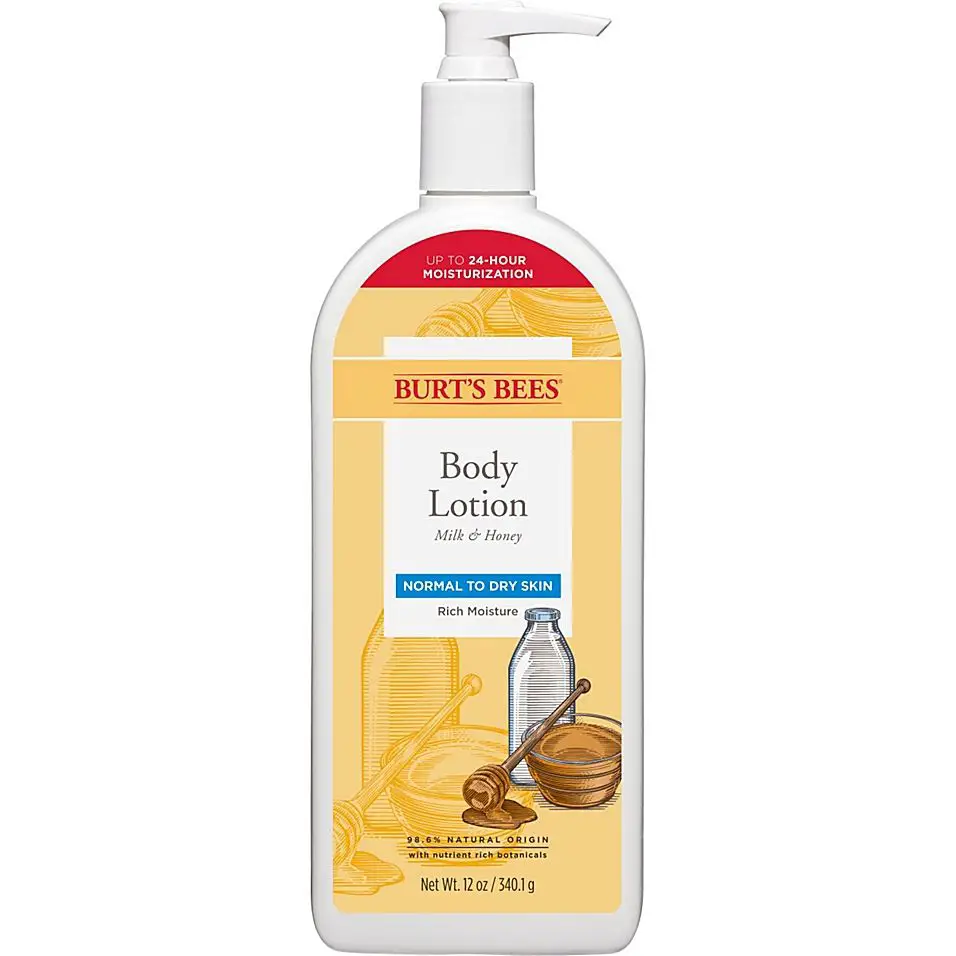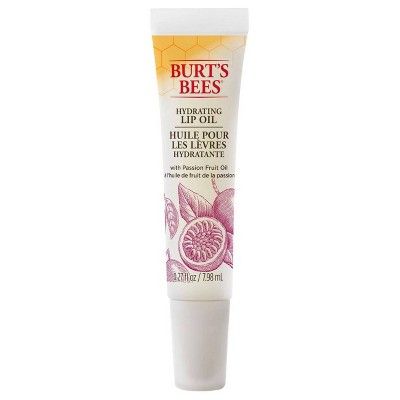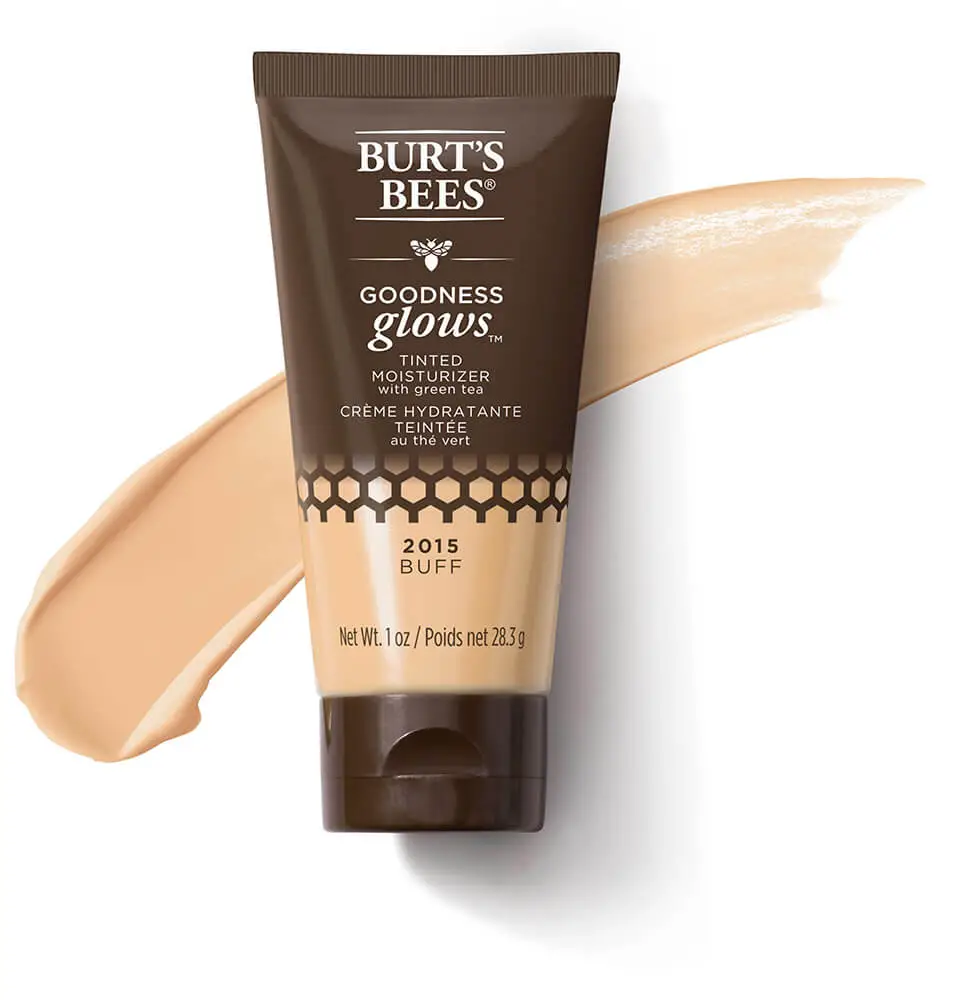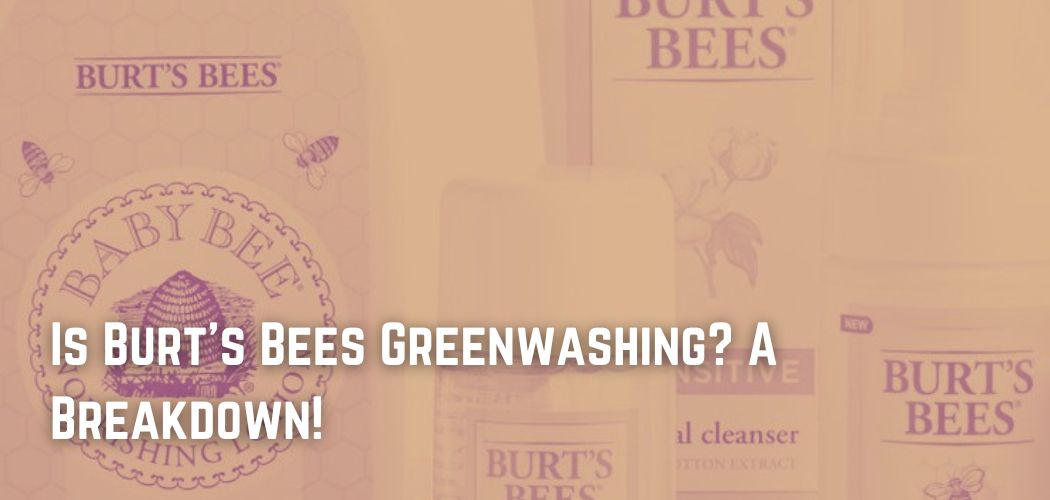In 2007, Burt’s Bees was acquired by the Clorox corporation. Under their “umbrella,” they have a number of smaller companies, such as Brita, Pine-Sol, and Glad.
For many people, this may raise concerns. How is it possible for a large company known for producing chemicals to market natural substitutes?
Honestly, this is occurring everywhere. These multinational firms are acquiring independent brands in order to expand. It is unclear whether this constitutes “greenwashing” in and of itself.
Burt’s Bees said in 2020 that it wanted to have a net-zero plastic footprint by 2025.
Burt’s Bees uses bee waste historically, despite being cruelty-free, so it is not vegan-friendly.
Since its introduction in 1984, Burt’s Bees’ natural line of personal care products has gained a cult-like following.
Their products can be found in drugstores and grocery stores throughout the United States, and their products range from body care items to color cosmetics.
Since 2008, Burt’s Bees has had the Leaping Bunny certification, which means that no animals were used in any part of the production process. The brand has always been committed to not hurting animals, and this point is made clear on all of its packaging.
Sustainable Or Not?
Burt’s Bees partners with TerraCycle, which allows consumers to send in their empty, used personal care, cosmetic, and lip care items for recycling.
The majority of Burt’s Bees products are packaged in plastic. The brand says that its packaging, which is 100% recyclable, is made up of an average of 50% recycled materials.

However, the majority of plastic supplied to recycling facilities today is not recycled. Burt’s Bees says that since 2010, all of its waste from operations has been sent to composting, recycling, and waste-to-energy operations instead of going to landfills.
Burt’s Bees has 12 active agreements with environmentally responsible vendors. They try to use natural and organic ingredients as much as possible. They work with the USDA to make sure their products meet strict standards to be labeled as organic.
Usage Of Beeswax And Bees
Burt’s Bees has long-standing relationships with local beekeepers in Tanzania, where nearly half of the beeswax used in their products comes from tree colonies.
Beekeepers use ropes to hang the hives from bee-infested trees so they can get the honey.
They have a foundation that works to bring back biodiversity for the bees, on which the company depends a lot.
As part of the campaign, the business has sown more than 15 billion wildflower seeds on fields to supply pollinators and support farmers with much-needed food in the face of dangers such as mono-crop pests and agriculture.
Lawsuit Against Them
A class-action lawsuit was brought against the business in 2018 over the “Güd” product line of paraben-free deodorant that made the claim that it was made with “clean chemicals.”
According to the lawsuit, these deodorants’ ingredients are not all-natural and pure; rather, they contain a number of chemicals that are bad for both the environment and people.
A lawsuit was brought against them in 2021 on the grounds that the company misrepresents the composition of its dog shampoos by calling them “99.7% natural” when they are primarily made of synthetic materials.
Is It Ethical?
Burt’s Bees is committed to properly sourcing all of its ingredients. In 2012, the brand started the Community Sourced Project, which aims to build partnerships with communities in the areas where it gets its products that are good for both sides.
Also, ingredients are looked at based on a number of important factors, such as how rare they are, how much they can be grown, and how they might affect the environment.
The company is also a member of many global organizations for responsible sourcing, like AIM-Progress, Sedex, the Natural Resources Stewardship Circle, and the Global Shea Alliance.

Most of Burt’s Bees’ mica comes from the United States, and the company helped start the Responsible Mica Initiative to improve how India’s supply chain works.
The brand also helps protect access to clean water and empower women and children through its twenty global supply chain investment programs.
The main concern with their products is their synthetic aroma. Most of their products contain scents, but it’s not clear which ones have natural scents and which ones have synthetic ones.
According to the company, most of the scents in their products are made from natural ingredients like natural extracts and essential oils that are mixed together in a special way.
Some of our heritage items and other items have perfumes that are partially synthetic.
Other than perfumes, we can’t find much wrong with the brand’s other ingredients.
Provision Of Terracycle
The Terracycle service that Burt’s Bees provides to U.S. residents is commendable. If an item is not recyclable in your community, you can receive a free shipping label to send it to Terracycle, where it will be repurposed.

A majority of Canadians use their products. Unless Canadians pay for their own Terracycle box, their recyclables will likely wind up in the garbage. which contradicts their intentions.
Although the assertion that they have not sent any waste to landfills sounds exciting, it is not true. There is a negative aspect to it. It indicates that they are sending their garbage to be burned.
It is difficult to say whether it is the superior choice. According to their sustainability report, they are aiming to minimize this number.
Conclusion
Burt’s Bees has a few problems, but its main reputation as a clean brand hasn’t changed. The biggest drawback is that most of their product packaging is plastic, which is non-toxic but still harmful to the environment.
But it uses sustainable business practices and has worked with groups like The Nature Conservancy that work to protect the environment.
Additionally, it is cruelty-free, which is admirable. Overall, it seems like a great choice for people who want a cheap and eco-friendly alternative to personal care products.
